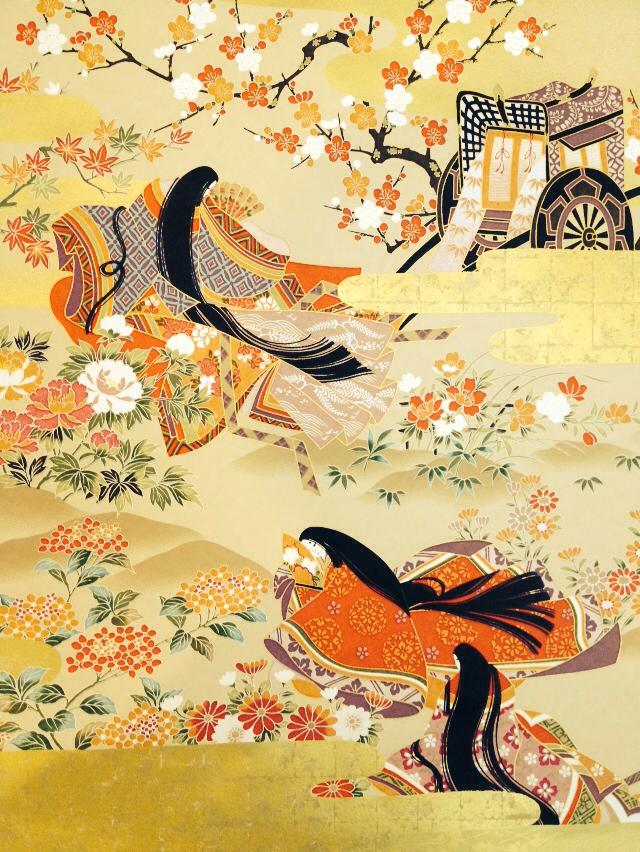 Last month, faculty members of the Asian Center were invited to speak on ASEAN Integration and on Japanese aesthetics at the University of the Philippines Diliman, the University of Santo Tomas, and San Beda College Alabang.
Last month, faculty members of the Asian Center were invited to speak on ASEAN Integration and on Japanese aesthetics at the University of the Philippines Diliman, the University of Santo Tomas, and San Beda College Alabang.
Professor Aileen Baviera delivered one of three lectures on “ASEAN 2015: Impact on Philippine Society and Culture” last 16 September 2014 at the University of Santo Tomas. Dr. Baviera gave a backgrounder on regionalism and regionalism; examined the top-down nature of the ASEAN Economic Community and the involvement of various stakeholders; and explored the possible negative implications of the AEC on the Philippines. The said conference was organized by the Department of Social Sciences and featured two other speakers, Dr. Eufracio Abaya and Dr. Jose Cueto of the Professional Regulatory Board of Medicine. Professor Baviera teaches MA courses on international relations and on Chinese politics and governance. She is also the editor in chief of Asian Politics & Policy, a quarterly journal published by Wiley.
On 26 September, Professor Eduardo Tadem was invited to a forum, “ASEAN Economic Integration: How Will It Affect the Future Careers of Filipino Students” held in San Beda College, Alabang and organized by the Bedan International Studies Association. Dr. Tadem discussed the obstacles to ASEAN integration, including a continuing adherence of member states to national sovereignty, the lack of a Southeast Asian identity, the inadequate amount of intra-ASEAN trade, trade disputes, territorial conflicts, and different levels of economic development among member states.
Earlier in the month, on 3 September, Professor Tadem gave a talk at the annual ASEAN Forum of the POLIS Core Group, “Are We (Really) Ready for 2015? A Forum on the ASEAN Economic Community 2015 Integration” at the Department of Political Science in Palma Hall, University of the Philippines Diliman. He handles graduate courses on Southeast Asian Studies and on theories and perspectives on area studies. At present, Professor Tadem is also the editor in chief of Asian Studies: Journal of Critical Perspectives on Asia.
Last 24 September, Dr. Michiyo Yoneno-Reyes lectured on Japanese Aesthetics for an Art Studies class under Prof. Patricia Lopez. Dr. Yoneno-Reyes, who teaches Japanese Studies courses at the Asian Center, emphasized that there is no essential “Japanese aesthetics” and that Japan has nurtured various kinds of aesthetics because and throughout its history and its contact with other cultures. She also discussed the nature, historical contexts, and examples of various aesthetic categories, including mono no aware (empathy towards things, transient, gentle sadness) miyabi (elegance), and kisetsu-kan (sensitivity to seasons and the changing thereof), among others. Photo: Scene from the Tale of Genji. Image of a souvenir from the Tale of Genji Museum in Uji, Japan.
Dr. Yoneno-Reyes teaches graduate-level courses in Japanese Studies at the Asian Center, including one on Japanese culture and society and on Asian art. The Center offers masters degrees in Asian Studies covering four areas of specialization: Northeast Asian Studies, Southeast Asian Studies, South Asian Studies, and West Asian Studies. The Center also offers an M.A. and a Ph.D.program in Philippine Studies. Like the Asian Center on Facebook and follow us on Twitter.

